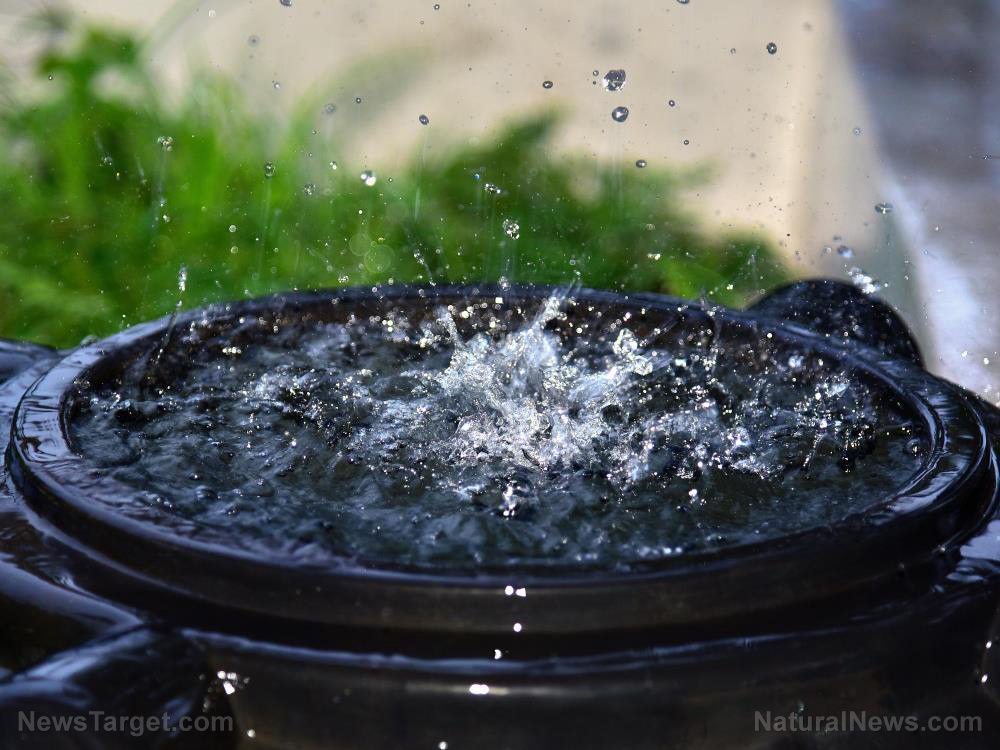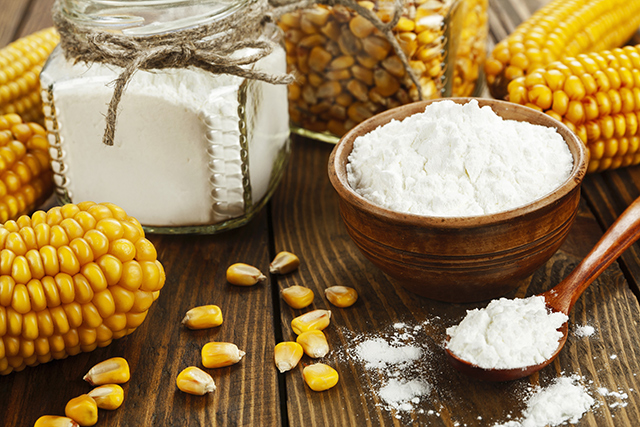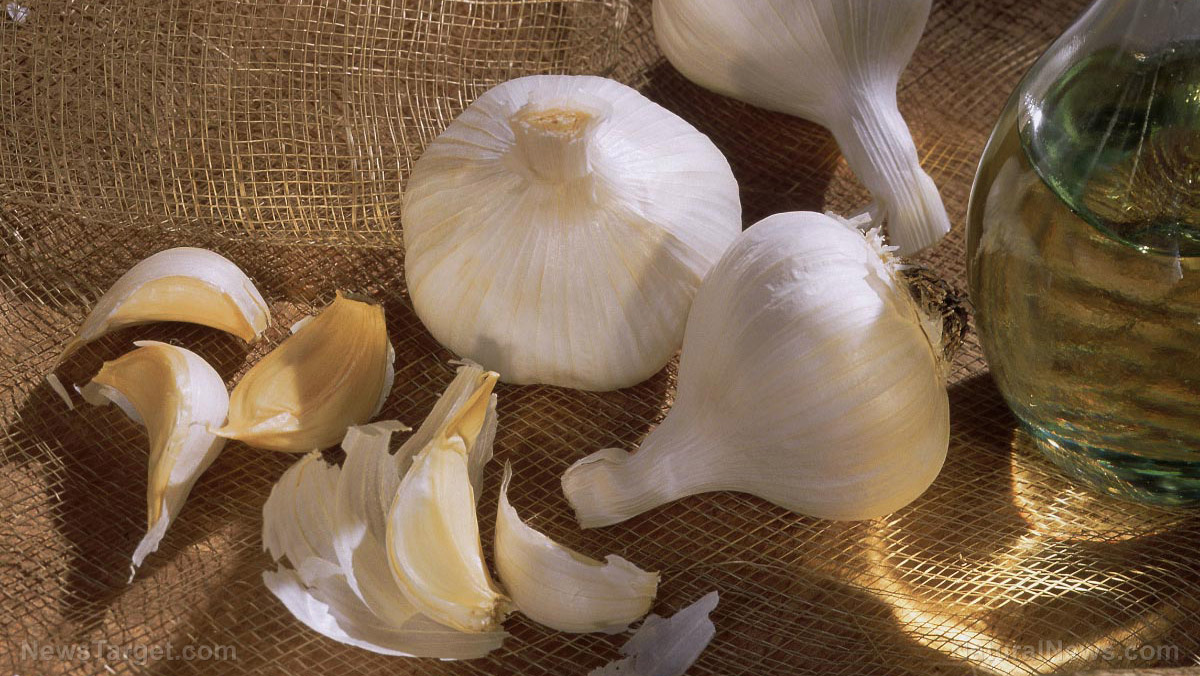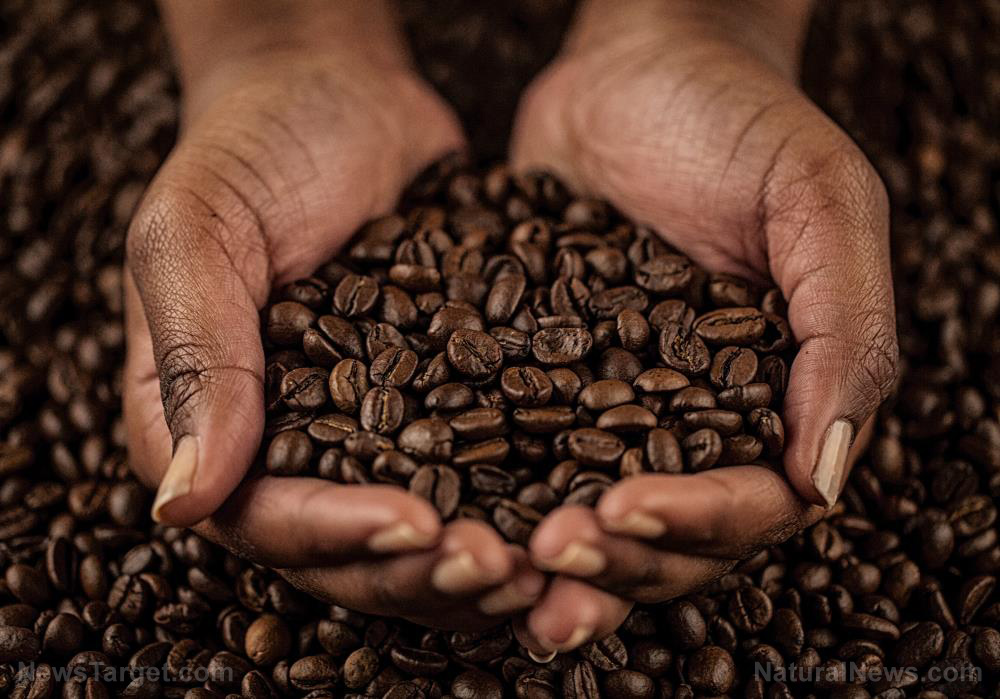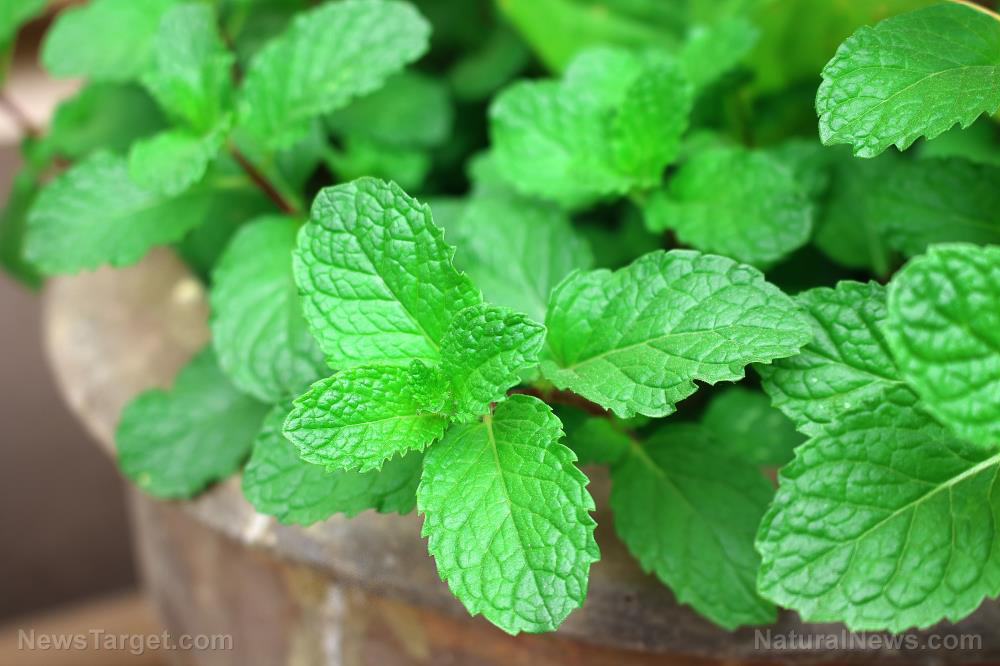Grow bigger, better, crunchier lettuce
03/15/2016 / By usafeaturesmedia
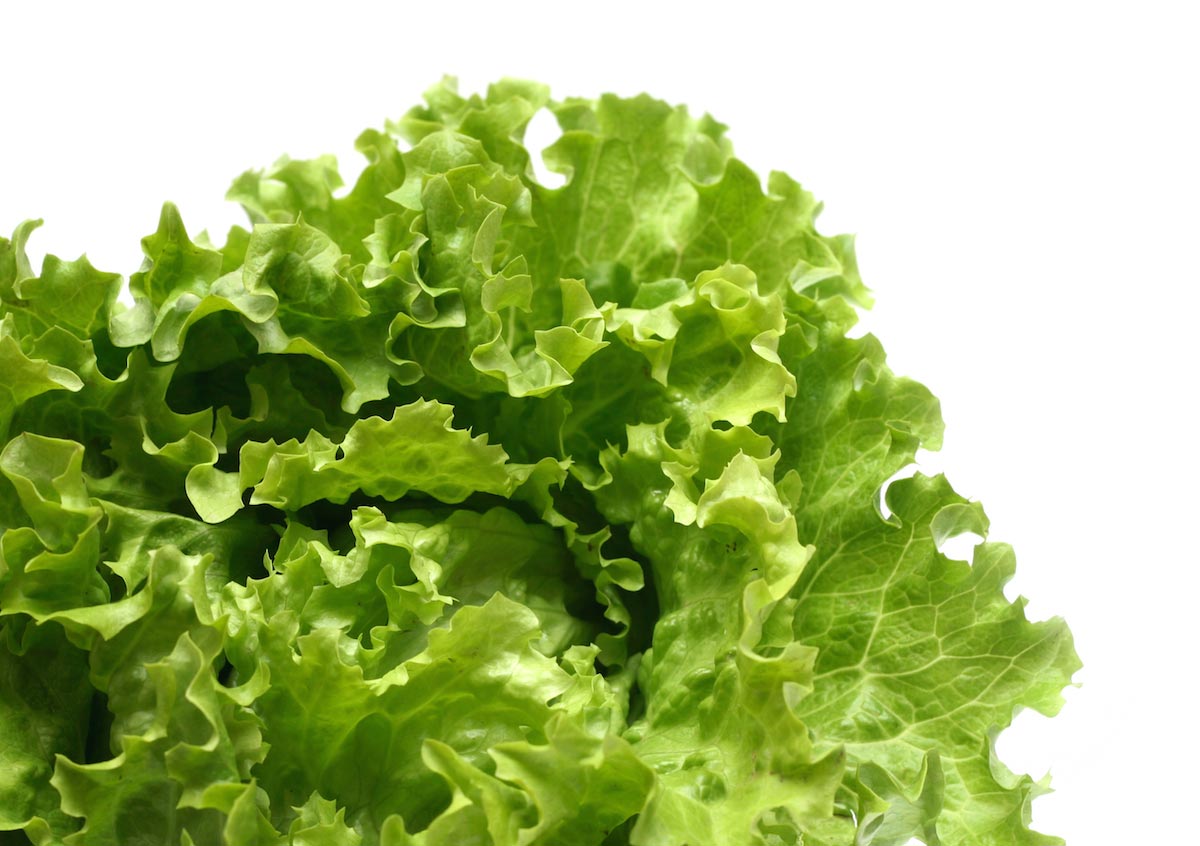
(Homesteading.news) There is nothing quite like a garden-fresh salad that literally came straight from your garden. And one of the main ingredients of any garden fresh salad is leafy, crunchy lettuce.
First, a little history. Did you know that lettuce is one of the oldest food plants known to Man? It’s believed to have originated in India and Central Asia; Herodotus, a Greek historian, wrote of lettuce being served in ancient times. It also became a favorite vegetable in Rome, with the word “lettuce” deriving from the Latin root “lac,” meaning “milk,” a reference to the milky juices found in mature lettuce stems. Lettuce seeds came to North America via Columbus and other European explorers, and early American colonists included the veggie in the first gardens planted on American soil.
Now, as for growing the best lettuce you possibly can, you should know that it’s easier than you think. In fact, you can start it indoors for early transplants, or you can sow it directly in the garden. If you want maximum production, you should think about doing both.
If you’re staring indoors, plant some lettuce seeds in peat pots a few weeks before the last frost date in your area (an estimate, of course, but use your best judgment). Give the seedlings plenty of sunlight or keep them under some artificial lighting until you’re ready to move them to soil. Transplant the seedlings as soon as you can work the soil in the spring; if a hard freeze is forecast unexpectedly, protect the seedlings with a cloche or row cover.
If you’re sowing directly to the garden plant your seeds about ¼ inch deep, then tamp them down and water – how easy is that? Just space your seedlings according to the directions on your seed packet and keep it handy through the growing season. For instance, a crisphead might require an entire square foot of garden space, while as many as nine plants of a small, leafy lettuce can grow in the same space.
Just know that your seeds will not germinate if your soil is 80 degrees F or warmer. That said, lettuce is an ideal veggie for what we call “succession planting.” Sow seeds about every two weeks for production throughout the growing season, beginning with early lettuce varieties and then using heat-tolerant varieties for as your main crop. You can switch to fall varieties when the growing season is nearing the end.
Now, watering is key to good, crisp, healthy lettuce production. You need to supply moderate but nearly constant water, especially as the temperature gets warmer. Unless you are getting regular rainfall, lettuce must be watered deeply at least once per week and more frequently during periods of drought.
Mulch with a layer of good organic compost or even clean straw, to help the soil retain the moisture and feed nutrients to your crop.
Here are some additional growing tips:
— Raised beds: Raised beds warm up more quickly so you can get your lettuce in the ground earlier, thereby extending your growing season.
— Living mulch: To get the most out of limited garden space, plant your lettuce around taller plants such as Brussels sprouts, peppers, broccoli and eggplants. The lettuce will help its veggie neighbors out by keeping the surrounding soil moist and cool, while keeping weeds shaded out. As the taller plants grow they will provide needed shade to lettuce from the summer sun.
While lettuce is virtually disease- and pest-free, you should still keep an eye out for cutworks and slugs, which are the most common pests. Try these natural pesticides.
Are you ready to get started? This video will help you:
Homesteading.news is part of the USA Features Media network of sites.




